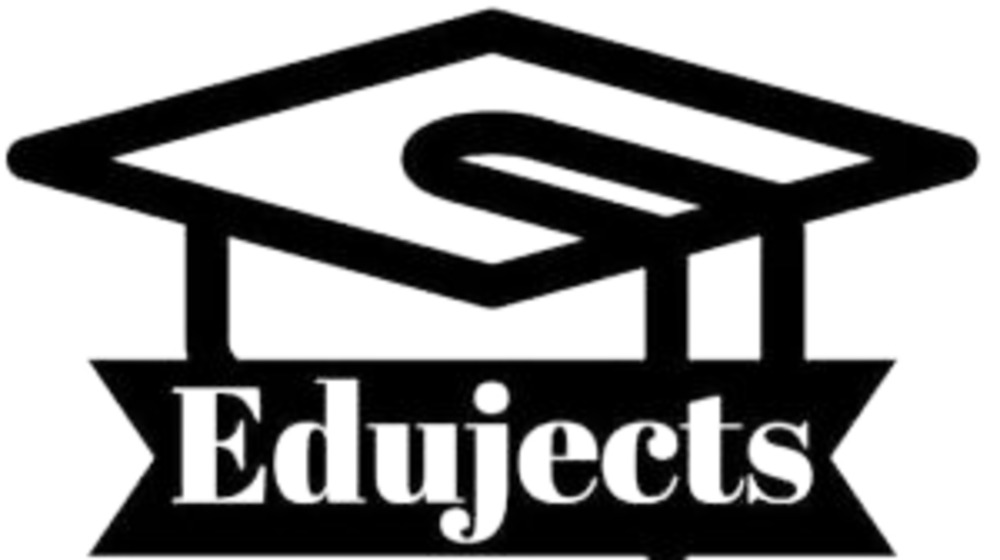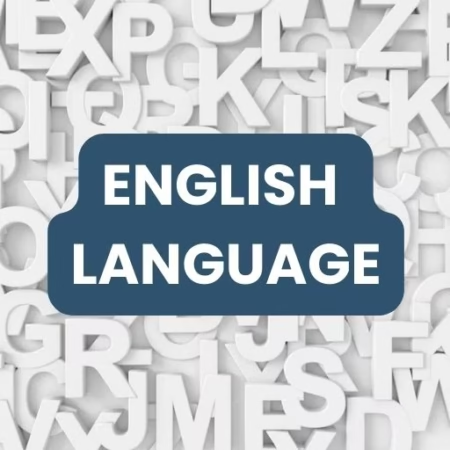SS1 English Scheme of Work for the academic session. Get in touch for lesson notes on all subjects.
SS2 ENGLISH SCHEME OF WORK FOR THIRD TERM
| Week | Topic | Objectives |
| 1. | a) Revision of last term’s work and examination. b) Words Commonly Misspelt |
1. List words that commonly misspelt 2. Give reasons why those words are commonly misspelt 3. Draw a table to show commonly misspelt words |
| 2. | Structure: Adverbs Types i. Adverbs of place ii. Adverbs of manner iii. Adverbs of concession iv. Adverbs of reason v. Adverbs of purpose |
1. Describe an adverb 2. List types of adverbs 3. Use adverbs in sentences |
| Narrative composition: The Day I Will Never Forget. | 1. Explain what narrative is; 2. Analyse the division/constituents of narrative. 3. Write on the topic: The Day I will Never Forget. |
|
| Summary: Practical Approach to Writing a Good Summary | 1. Discuss How to Summarize ; 2. Highlight the dos and donts of summary writing; 3. Summarize any given passage. |
|
| 3 | Vocabulary Development: Words Associated With Advertising |
1. Explain what advertising is; 2. List words that are associated with advertising 3. Justify the importance of advertising |
| Comprehension: Listening Comprehension | 1. Listen attentively to a speaker/recorded speech in order to deduce the subject matter; 2. Distinguish between listening and hearing 3. Recognise a speaker’s style |
|
| Writing: Expository: The Merits and Demerits of Peer Groups | 1. explain what an expository is; 2. Analyse the merits and demerits of peer group. |
|
|
|
Summary: Identification of the writer’s purpose | 1. Explain the subject matter of a given passage. 2. Recognise the writer’s in any given passage 3. Highlight the topic sentences in any passage and join them to form its summary. |
| Comprehension: differentiating between main and supporting ideas in a prose passage | 1. Identify the topic sentence in a passage 2. Establish the relationship between a topic sentence and its supporting ideas in any given paragraph. 3. Identify the differences betweeen a topic sentence and its supporting sentences in any given paragraph. |
|
| Summary: Giving a befitting title to a selected passage. | 1. Read and understand the writer’s purpose in a given passage. 2. Identify the salient points in any given passage |
|
| Vocabulary Development: Words Associated with Government and politics | 1. Explain the relationship between Government and Politics 2. List words that are associated with government and politics 3. Analyse the roles and functions of government and politics in relation to growth and development |
|
| 5 | Comprehension: Reading: Skimming and scanning a selected passage | 1. Explain the term ‘rising tone’; 2. Identify indication of tentativeness; 3. Use the correct intonation patterns in polite statements. |
| Oral: Speaking to Persuade or convince (Debate) | 1. Differentiate between a debate and argument 2. Analyse the component of a debate. 3. Make a presentation on one of the given topics recommended for the lesson. |
|
| Structure: Adjuncts | 1. Explain the term adjuncts, conjuncts and disjuncts; 2. Recognize adjuncts, conjuncts and disjuncts in sentences. 3. Use adjuncts,conjuncts and disjuncts in sentences |
|
| 6 | Oral: Composition/ Expository- How to Cook and Serve MY Favourite Meal | 1. Break down a sample essay into its constituent parts. 2. Analyse the pattern of sentence structure used in the essay sample. 3. Develop a well written essay on one of the given topics. |
| STRUCTURE: Plural forms of nouns
|
1. Describe nouns and compound nouns 2. Analyse the rules that guide the changing of compound nouns to their plural forms. 3. Generate copious examples of compound nouns.
|
|
| Writing: writing a story | 1. Outline the division of a narrative essay 2. Discuss the types of tenses used in narrative essay. 3. Write a story that ends with ‘ …If I had Known I wouldn’t have gone out with him’. |
|
| Vocabulary Development: Words associated with Stock Exchange | 1. Explain what stock exchange is; 2. List words that are associated with stock exchange. 3. Justify the importance of stock exchange in relation to national Economy. |
|
| 7 | ORAL: Stress Timing in Sentence
|
1. Explain stress timing; 2. Recognize and articulate correctly stress timing in sentences. |
| Comprehension: Reading for leisure | 1. Recognize the purpose of a passage in relation to the tone of the writer | |
| Structure: Personal; Pronouns | 1. Describe personal pronouns in relation to persons 2. Analyse the relationship between personal pronouns and verbs in sentences 3. Use personal pronouns in sentences |
|
| Writing: Different Writing styles | 1. Explain different writing styles 2. Outline the characteristics of different writing style 3. Develop paragraphs to reflect different writing style |
|
| 8 | Mid-Term Break/Open Day | |
| 9 | Structure: Complex Sentences | 1. Explain what complex sentence is; 2. Analyse the features of a complex sentence; 3. Identify main clause and subordinate clause in a complex sentence. |
| Oral: Spelling; Dropping ‘e’ and retaining ‘e’ | 1. Recognize easily words which drop ‘e’ and retain ‘e’ in spelling. 2. Analyse the rules for dropping ‘e’ and retaining ‘e’ in spelling. |
|
| Vocabulary Development: Words associated with Sports and Entertainment | 1. Analyse the important of sports and entertainment in relation to youths. 2. List words that are associated with sports and entertainment. 3. Use listed words in appropriate context. |
|
| 10. | Oral: Consonant Sounds followed by ‘kw’ in words e.g Square,squat, squire,squint, squirrel and so on. |
By the end of the lesson, students should be able to: (i) List words that have ‘kw’ sounds; (ii) Pronounce the words correctly; (iii) Use the words in sentences. |
| (b) Structure: Punctuation: The use of Capital letter, Full Stop; Comma; Semi-colon, Question mark | By the end of the lesson, students should be able to: (i) Recognize the sign that represents a punctuation mark and the importance of a capital letter at the beginning of a sentence; (ii) Explain the uses of full stop, comma, semi colon and question mark in groups of words/sentences; (iii) Use capital letters, full stop, comma, semi-colon and question mark appropriately in writing. |
|
|
|
(c) Writing: Article writing (features language and styles
(d) Spelling: Homophones |
By the end of the lesson students should be able to: (i) Explain what an article is; (ii) Describe the features language and style of an article; (iii) Write an article on any given topic.
1. Explain what homophones are 2. Distinguish between two homophonic words 3. Use two homophonic words in sentence |
| 11 | Structure: Difference between compound and complex sentence
Comprehension: Listening to Dialogue |
1. Explain a sentence and its types; 2. Analyse the difference between compound and complex sentence 3. Use compound and complex sentences in speech and essay writing. 1. Highlight the key points in dialogue 2. Analyse the mood and tone of the speaker 3. Organize the keypoints. |
| Writing: Article Writing | 1. Explain the terms article; article, speech, letter. 2. Analyse the differences between article and speech 3. Write an article and a speech.
|
|
| 12 | Revision/Examination |



